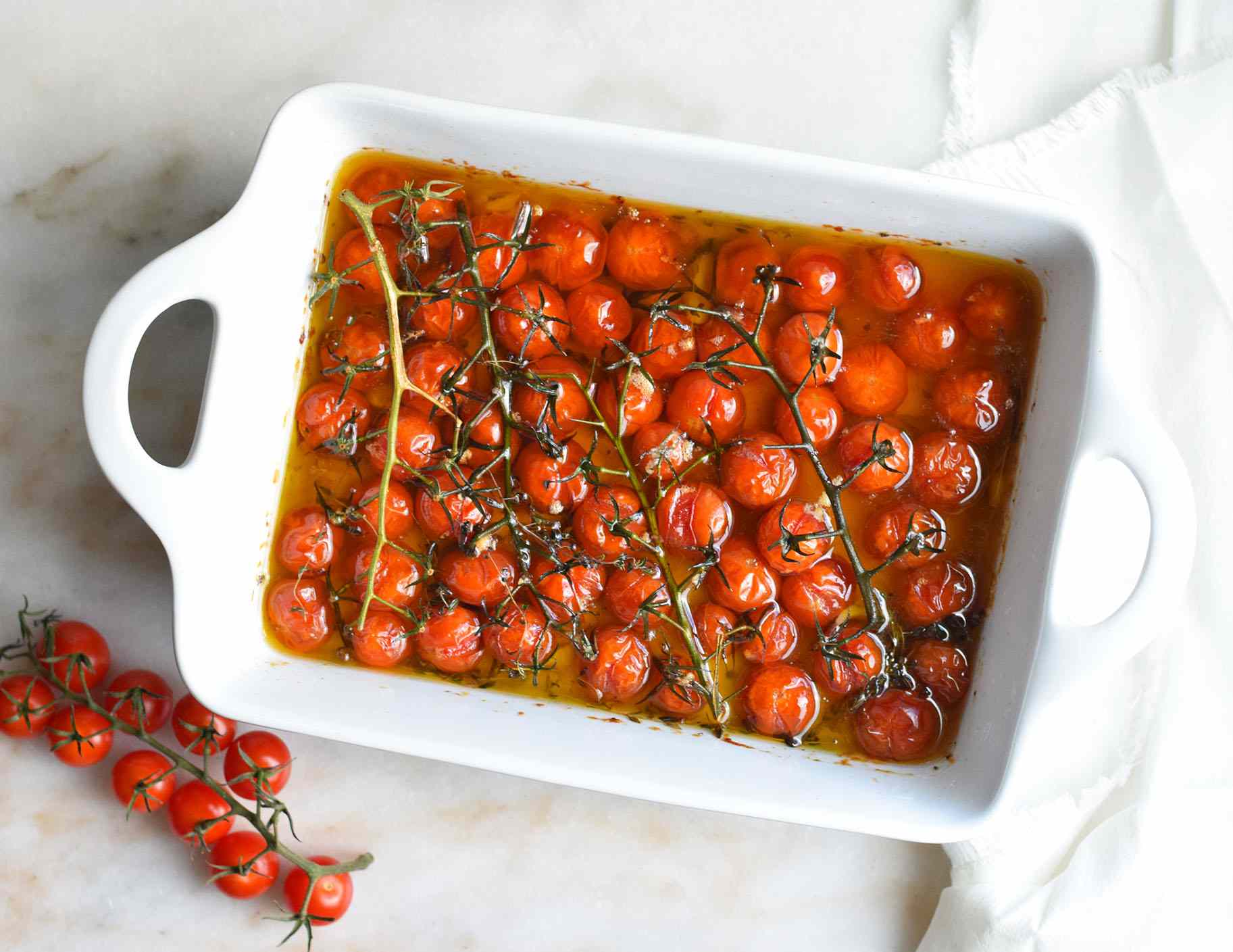

Articles
How To Store Tomato Confit
Modified: January 6, 2024
Learn the best techniques for storing tomato confit in this informative article. Discover tips and tricks for preserving the rich flavors of this delicious condiment.
(Many of the links in this article redirect to a specific reviewed product. Your purchase of these products through affiliate links helps to generate commission for Storables.com, at no extra cost. Learn more)
Introduction
Welcome to the wonderful world of tomato confit! If you’re a fan of this rich and flavorful dish, you’ve probably wondered about the best way to store it. Tomato confit is a classic French technique that involves slow-cooking tomatoes in olive oil until they become tender and intensely delicious. The result is a versatile and decadent ingredient that can be used in a variety of dishes, from pasta sauces to sandwiches and salads.
As with any homemade delicacy, knowing how to properly store tomato confit is essential to preserving its freshness and taste. In this article, we will guide you through the necessary steps to keep your tomato confit in optimal condition, ensuring that you can enjoy its incredible flavor for an extended period.
From selecting the right ingredients to the cooking and storage process, we will cover everything you need to know about storing tomato confit. So, let’s dive in and discover the secrets to keeping this culinary delight at its best!
Key Takeaways:
- Properly storing tomato confit allows for prolonged enjoyment, versatility in dishes, cost-effective use, preservation of seasonal flavors, and convenience in meal preparation.
- Selecting the right ingredients, preparing the tomatoes, adding flavors, and choosing the appropriate storage method are crucial for maintaining the exceptional taste and quality of tomato confit.
Read more: How To Store Garlic Confit
What is Tomato Confit?
Before we delve into the details of storing tomato confit, let’s first understand what it is. Tomato confit is a culinary technique that originated in France and involves slow-cooking tomatoes in oil or fat until they become tender and concentrate in flavor. The word “confit” comes from the French verb “confire,” which means to preserve. Traditionally, this method was used to preserve meats, but it has evolved to include various fruits and vegetables, including tomatoes.
The process of making tomato confit begins by selecting ripe and flavorful tomatoes. They are then cut in half, seasoned with herbs, garlic, and other aromatics, and placed in a baking dish. The tomatoes are generously covered with olive oil or any other fat of your choice, and then slow-cooked in the oven at a low temperature for several hours. During this time, the tomatoes release their juices and become infused with the flavors of the herbs and seasonings. The result is tender, sweet, and intensely flavorful tomatoes.
Tomato confit is incredibly versatile and can be used in a variety of dishes. It can be served as a side dish, added to pasta sauces, spread on crusty bread, or even used as a topping for pizzas and salads. The slow-cooking process not only enhances the taste of the tomatoes but also imparts a rich and velvety texture to them. The oil used to cook the tomatoes becomes infused with their flavors, making it a deliciously aromatic dressing or marinade.
Whether you make tomato confit from scratch or purchase it ready-made, it is essential to understand its unique qualities in order to store it properly and enjoy it to the fullest. In the following sections, we will explore the reasons why storing tomato confit is important and provide you with practical tips on how to preserve its exceptional taste and quality.
Why store Tomato Confit?
Tomato confit is a delightful culinary creation that offers a range of flavors and textures. So why should you bother with storing it? There are several reasons why it’s worth the effort:
- Prolonged Enjoyment: When you make a batch of tomato confit, you might end up with more than you can consume in one sitting. By storing it properly, you can enjoy the delicious flavors and versatility of tomato confit over a more extended period.
- Versatile Ingredient: Tomato confit is incredibly versatile and can be used in a variety of dishes. It adds depth and richness to pasta sauces, brings vibrant flavors to salads, and elevates the taste of sandwiches and pizzas. Having it readily available in your pantry allows you to effortlessly enhance a wide range of recipes.
- Cost-effective Solution: Making tomato confit can be a time-consuming process that requires a significant amount of ripe tomatoes. By properly storing any excess confit, you can avoid wastage and save money in the long run.
- Preserving Seasonal Delight: Tomatoes are at their peak during the summer months when they are ripe, juicy, and bursting with flavor. Storing tomato confit allows you to capture the essence of fresh tomatoes and enjoy their incredible taste even when they are out of season.
- Convenience and Time-saving: Having tomato confit readily available in your kitchen saves you precious cooking time. You can incorporate it into your meals effortlessly, adding an instant burst of flavor without the need to spend hours slow-cooking tomatoes.
Clearly, there are numerous benefits to properly storing tomato confit. By doing so, you can extend its shelf life, maintain its exceptional taste and texture, and enjoy the versatility it brings to your culinary creations. In the next sections, we will guide you through the step-by-step process of storing tomato confit, ensuring that it retains its freshness and enhances your dishes for an extended period.
Choosing the Right Ingredients
When it comes to making tomato confit, the quality of your ingredients plays a crucial role in the final outcome. Here are some key considerations for choosing the right ingredients:
- Tomatoes: Select ripe and flavorful tomatoes for the best results. Look for tomatoes that are firm but not overly ripe or mushy. Varieties like Roma, San Marzano, or heirloom tomatoes work well for confit due to their meaty texture and enhanced flavor.
- Olive Oil or Fat: Choose a high-quality olive oil or fat of your preference for cooking the tomatoes. The oil should have a good flavor and be suitable for high-heat cooking. Other fats like duck fat or even a combination of olive oil and butter can also add richness to the confit.
- Aromatics and Seasonings: To enhance the flavor of the confit, you can add various aromatics and seasonings. Garlic cloves, fresh herbs like thyme, rosemary, and basil, as well as spices like black pepper or red pepper flakes, can all contribute to a delicious confit.
- Salt: Don’t forget to season your tomato confit with a pinch of salt. Salt helps to enhance the flavors and ensures that the confit is well-seasoned throughout.
It is important to note that the quality of your ingredients will significantly impact the taste and overall enjoyment of your tomato confit. Therefore, opt for the freshest and highest quality tomatoes, oil or fat, and seasonings you can find. This will translate into a more flavorful and satisfying end product.
Now that you have chosen the right ingredients, it’s time to move on to the preparation process for the tomatoes before they are cooked into a luscious confit. In the next section, we will guide you through the steps of preparing the tomatoes to ensure the best results.
Preparing the Tomatoes
Properly preparing the tomatoes is an essential step in creating a delicious tomato confit. Follow these steps to ensure the best results:
- Wash the Tomatoes: Start by washing the tomatoes under cold running water to remove any dirt or debris. Pat them dry with a clean kitchen towel.
- Cut the Tomatoes: Slice the tomatoes in half horizontally. If you prefer smaller pieces, you can quarter them instead. Remove the core if desired.
- Remove the Seeds and Excess Liquid: Gently scoop out the seeds and any excess liquid from the tomatoes using a spoon. This step helps prevent the confit from becoming too watery during the cooking process.
- Season the Tomatoes: Place the prepared tomatoes in a mixing bowl and season them with salt, freshly ground black pepper, and any additional spices or herbs you desire. Toss them gently to ensure even seasoning.
Once the tomatoes are prepared, they are ready to be cooked into a delectable tomato confit. But before we move on to the cooking process, let’s discuss the various flavors and seasonings you can add to elevate the taste of your confit in the next section.
Read more: How To Store Roasted Tomatoes
Adding Flavors and Seasonings
Adding flavors and seasonings to your tomato confit is a wonderful way to enhance its taste and customize it to your liking. While the slow-cooking process already intensifies the natural flavors of the tomatoes, incorporating additional herbs, spices, and aromatics can take your confit to the next level. Here are some popular options to consider:
- Garlic: Garlic is a classic addition to tomato confit, adding a warm and savory note. Peel and smash a few cloves of garlic, and scatter them over the tomatoes before cooking. The slow cooking process will mellow out the garlic flavor and infuse it into the confit.
- Herbs: Fresh herbs like thyme, rosemary, and basil complement the sweetness of the tomatoes and add a fragrant aroma. Simply sprinkle the herbs over the tomatoes before cooking or tuck a few sprigs among them.
- Spices: If you enjoy a bit of heat, consider adding red pepper flakes or a pinch of cayenne pepper to the tomatoes. These spices will give your confit a subtle kick without overpowering the flavors.
- Balsamic Vinegar: For a tangy twist, drizzle a small amount of balsamic vinegar over the tomatoes before cooking. The vinegar adds depth and complexity to the confit, balancing the sweetness of the tomatoes.
- Citrus Zest: For a burst of freshness, add some grated lemon or orange zest to the tomatoes. The citrus zest brightens the flavors and adds a vibrant touch to the confit.
Feel free to experiment with different combinations of flavors and seasonings to create your own unique tomato confit. Whether you prefer a simple confit with just a few ingredients or a more complex one with a symphony of flavors, the key is to balance the seasoning to complement the natural sweetness of the tomatoes.
Now that we have discussed the various ways to enhance the flavors of your tomato confit, it’s time to move on to the cooking process and learn how to store it properly for long-lasting enjoyment. The next section will guide you through the cooking and storage process step by step.
Store tomato confit in an airtight container in the refrigerator for up to 2 weeks. Make sure the tomatoes are completely submerged in the oil to prevent spoilage.
Cooking and Storage Process
Now that your tomatoes are prepared and seasoned, it’s time to cook them into a luscious tomato confit. Follow these steps to achieve the best results:
- Preheat the Oven: Preheat your oven to a low temperature, typically around 250°F (120°C).
- Arrange the Tomatoes: Place the seasoned tomatoes in a single layer in a baking dish or oven-safe skillet. Ensure that they have enough space to cook evenly.
- Add the Oil or Fat: Pour enough olive oil or melted fat over the tomatoes to cover them completely. The oil will help cook and preserve the tomatoes in the confit.
- Cover the Dish: Cover the baking dish or skillet with aluminum foil or a lid. This will trap the heat and moisture, allowing the tomatoes to cook slowly and retain their tenderness.
- Slow Cook in the Oven: Transfer the dish to the preheated oven and let the tomatoes cook for several hours, typically around 2-3 hours. The exact cooking time will depend on the size and variety of tomatoes used.
- Check for Doneness: After the initial cooking time, check the tomatoes for doneness. They should be soft and tender but not falling apart. If needed, you can continue cooking for an additional hour or so until they reach the desired texture.
Once your tomato confit is cooked to perfection, it’s time to store it properly to maintain its freshness and flavor. Let’s explore the best methods for storing tomato confit in the following sections.
Proper Storage Containers
Choosing the right storage containers for your tomato confit is vital to keep it fresh and maintain its quality. Here are some considerations when selecting storage containers:
- Glass Jars: Glass jars with airtight lids are an excellent choice for storing tomato confit. They are non-reactive and do not contain harmful chemicals that could affect the taste or quality of the confit. Mason jars or other similar jars with rubber seals are great options.
- Plastic Containers: If using plastic containers, make sure they are of high-quality and food-grade. Look for containers that have a secure lid to prevent air or moisture from entering.
- Size Matters: Choose storage containers that are appropriate for the amount of tomato confit you plan to store. It’s best to use smaller containers rather than one large container to ensure that you only open and expose a portion of the confit at a time, minimizing spoilage and maintaining freshness.
- Clean and Dry: Before storing the tomato confit, ensure that the storage containers are clean and dry. Any leftover residue or moisture can promote the growth of bacteria and result in spoilage.
Ensure that the storage containers you choose are specifically designed for food storage and are in good condition. Proper containers will help protect the confit from air, moisture, and potential contamination, preserving its flavors for an extended period.
In the next sections, we will discuss two popular methods of storing tomato confit: refrigerating and freezing. These methods will help you determine which storage approach is best suited for your needs and ensure that your tomato confit stays fresh and delicious.
Refrigerating Tomato Confit
Refrigeration is a popular method of storing tomato confit, allowing you to keep it fresh for a relatively shorter period of time. Follow these steps to refrigerate your tomato confit:
- Cool the Tomato Confit: Allow the tomato confit to cool down completely before storing it in the refrigerator. This will help prevent condensation and moisture buildup in the storage container.
- Transfer to Storage Containers: Using a clean spoon or spatula, carefully transfer the cooled tomato confit into your chosen storage containers. Fill the containers leaving a small amount of headspace at the top to accommodate any expansion.
- Seal and Label: Ensure that the lids or covers of the storage containers are tightly sealed. Label the containers with the date of preparation to keep track of freshness.
- Store in the Refrigerator: Place the tomato confit-filled containers in the refrigerator. Ideally, store them on a shelf towards the back of the refrigerator where the temperature is most consistent.
- Refrigeration Period: Tomato confit can typically be stored in the refrigerator for up to 1-2 weeks. However, it’s essential to check for any signs of spoilage, such as off odors or mold, before consuming.
When using the refrigeration method, it’s important to note that the texture of the tomato confit may change slightly over time. The tomatoes can become softer, and the oil may solidify slightly. However, the confit should still be safe to consume within the recommended refrigeration period.
Now that you know how to refrigerate your tomato confit, let’s explore another option for long-term storage — freezing.
Read more: How To Store Focaccia With Tomatoes
Freezing Tomato Confit
If you have a larger batch of tomato confit or want to extend its shelf life even further, freezing is an excellent storage option. Follow these steps to freeze your tomato confit:
- Cool the Tomato Confit: Allow the tomato confit to cool down completely before freezing. This will help maintain its texture and flavor.
- Transfer to Freezer-safe Containers: Spoon the cooled tomato confit into freezer-safe containers or freezer bags. Leave some headspace in the containers to allow for expansion during freezing.
- Remove Air and Seal: If using freezer bags, squeeze out as much air as possible before sealing them tightly. If using containers, ensure that the lids are securely sealed.
- Label and Date: Label each container or freezer bag with the date of preparation, as well as the contents.
- Freezing Period: Tomato confit can be stored in the freezer for up to 3-4 months while maintaining its quality and flavor. However, it is best to use it within the first 2 months for the best taste.
Freezing tomato confit can result in some changes in texture, particularly in the consistency of the tomatoes. They may become softer after thawing, but the flavor should remain intact. The oil may also solidify, but this is normal and does not affect the taste or quality of the confit.
When you’re ready to use the frozen tomato confit, simply thaw it in the refrigerator overnight before incorporating it into your desired recipes.
Whether you choose to refrigerate or freeze your tomato confit, always check for any signs of spoilage before consuming. If you notice any off odors, discoloration, or signs of mold, it’s best to discard the confit to ensure your safety.
In the next section, we will share some valuable tips for optimal storage of tomato confit, regardless of whether you choose refrigeration or freezing.
Tips for Optimal Storage
To ensure that your tomato confit stays fresh and delicious for as long as possible, here are some valuable tips for optimal storage:
- Properly Seal the Containers: Whether you’re refrigerating or freezing your tomato confit, make sure the storage containers are tightly sealed to prevent air and moisture from entering.
- Use Small Containers: It’s best to store tomato confit in smaller containers rather than one large container. This way, you only open and expose a portion of the confit at a time, reducing the chances of spoilage.
- Keep Containers Clean: Before storing the tomato confit, ensure that the containers are clean and free from any residue. Any leftover food particles can promote bacterial growth and spoilage.
- Label and Date: Properly label each container or freezer bag with the date of preparation. This will help you keep track of the freshness and know when it’s time to consume or discard the confit.
- Store in an Ideal Environment: Whether in the refrigerator or freezer, store your tomato confit in a consistently cool and dry environment. Avoid areas that are exposed to direct sunlight or fluctuating temperatures.
- Portion Control: Consider dividing your tomato confit into smaller portions before storing. This allows you to easily thaw and use only what you need, minimizing waste and ensuring freshness.
- Rotate Use: If you have multiple containers or freezer bags of tomato confit, try to rotate their use. Consume the oldest batch first, ensuring that none of the confit goes to waste.
Following these storage tips will help maintain the quality and flavor of your tomato confit, ensuring that every serving is as delightful as the first.
Now that you’re armed with all the information needed for storing tomato confit, you can confidently prepare and enjoy this flavorful delicacy for an extended period of time. Experiment with different recipes and savor the incredible taste of tomato confit in a variety of dishes.
Remember, proper storage is the key to preserving the freshness and ensuring that every spoonful of your tomato confit delivers a burst of flavor. Bon appétit!
Conclusion
Congratulations! You are now equipped with all the knowledge you need to store your tomato confit properly and prolong its delightful flavors. Whether you choose to refrigerate or freeze your confit, following the right steps and utilizing the appropriate storage containers will help maintain its freshness and ensure that it remains a versatile ingredient in your culinary repertoire.
Tomato confit, with its slow-cooked and flavorful tomatoes infused with herbs and seasonings, is a culinary delight that can elevate any dish. From pasta sauces to pizzas, salads to sandwiches, the possibilities are endless. By properly storing your confit, you can enjoy its rich taste long after it’s been prepared or even when tomatoes are out of season.
Remember to choose the best ingredients, including ripe and flavorful tomatoes, high-quality oils or fats, and a variety of seasonings and aromatics to personalize your confit. Prepare the tomatoes by washing, cutting, and removing any excess liquid, and then carefully season them to enhance their natural sweetness.
Cooking the tomatoes slowly in the oven and storing them in appropriate containers will ensure their preservation. Whether you opt for refrigeration for shorter-term storage or freezing for longer-term storage, being mindful of proper sealing, labeling, and date tracking will help you maintain quality and prevent waste.
Don’t forget to follow our valuable tips, such as using smaller containers, keeping them clean, and portioning for convenience and freshness. By incorporating these tips into your storage routine, you can extend the lifespan of your tomato confit and continue to enjoy its incredible flavor at your convenience.
So, go ahead and savor the taste of your homemade and properly stored tomato confit. Let it be the star ingredient of your culinary creations, adding depth, richness, and a burst of flavors to every dish. Your friends and family will be delighted by the incredible taste and versatility that tomato confit brings to the table.
Now, armed with our storage guide, you can confidently store your tomato confit and relish its exceptional flavors for weeks or even months to come. Enjoy the taste of summer even during the colder months and infuse your dishes with the luscious goodness of tomato confit. Bon appétit!
Frequently Asked Questions about How To Store Tomato Confit
Was this page helpful?
At Storables.com, we guarantee accurate and reliable information. Our content, validated by Expert Board Contributors, is crafted following stringent Editorial Policies. We're committed to providing you with well-researched, expert-backed insights for all your informational needs.

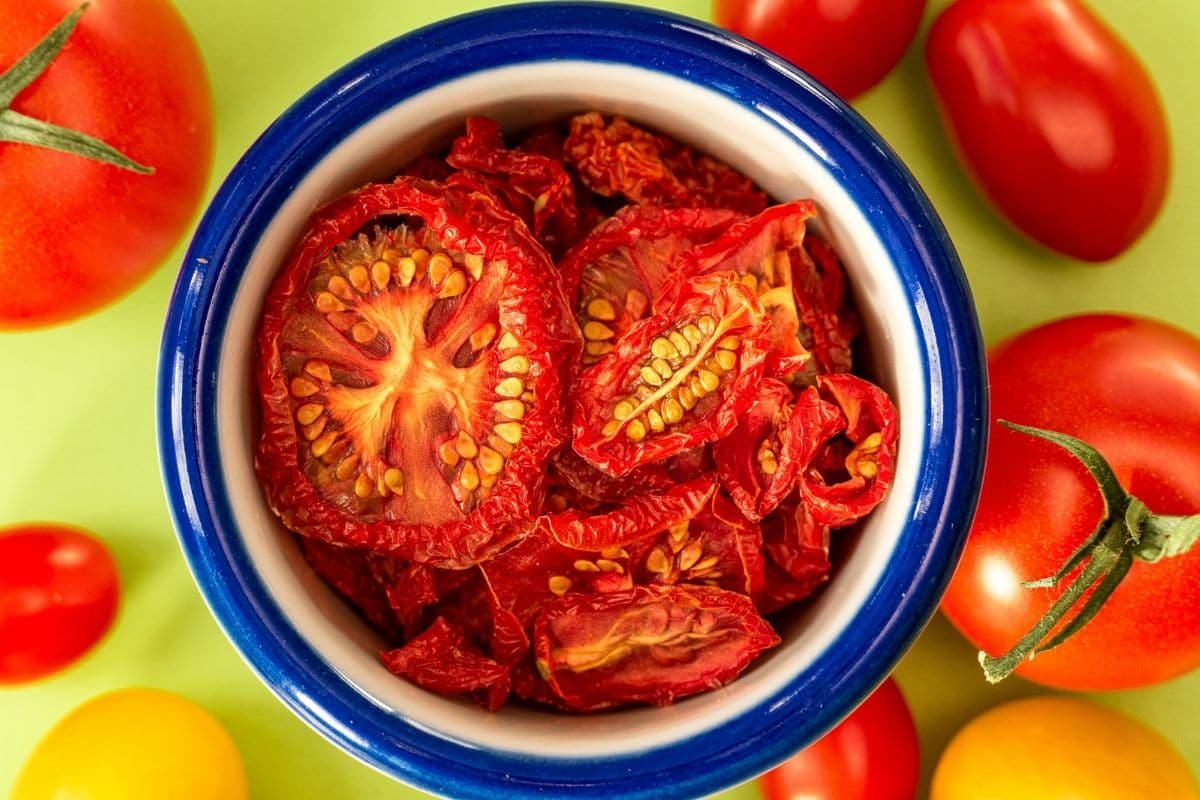
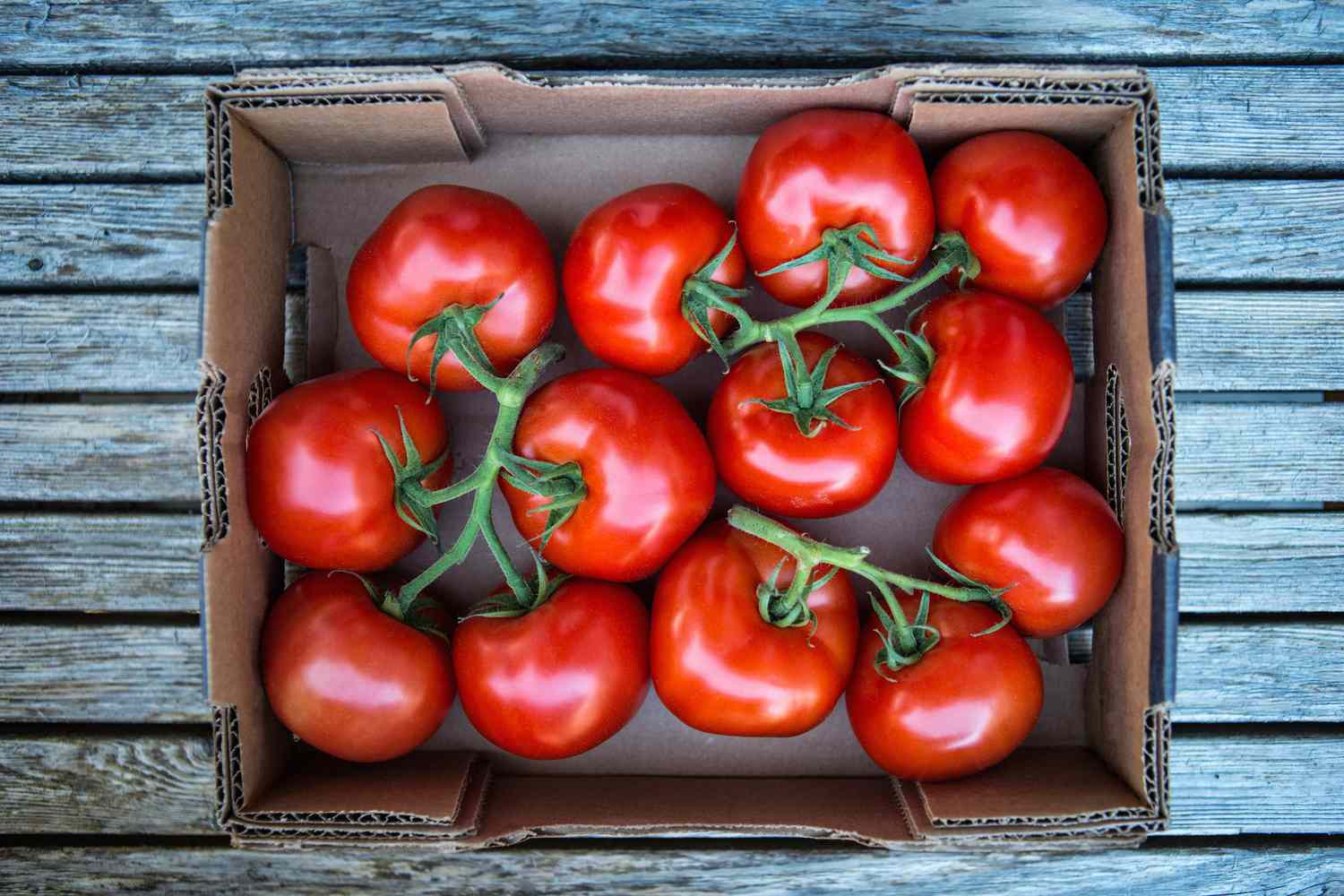
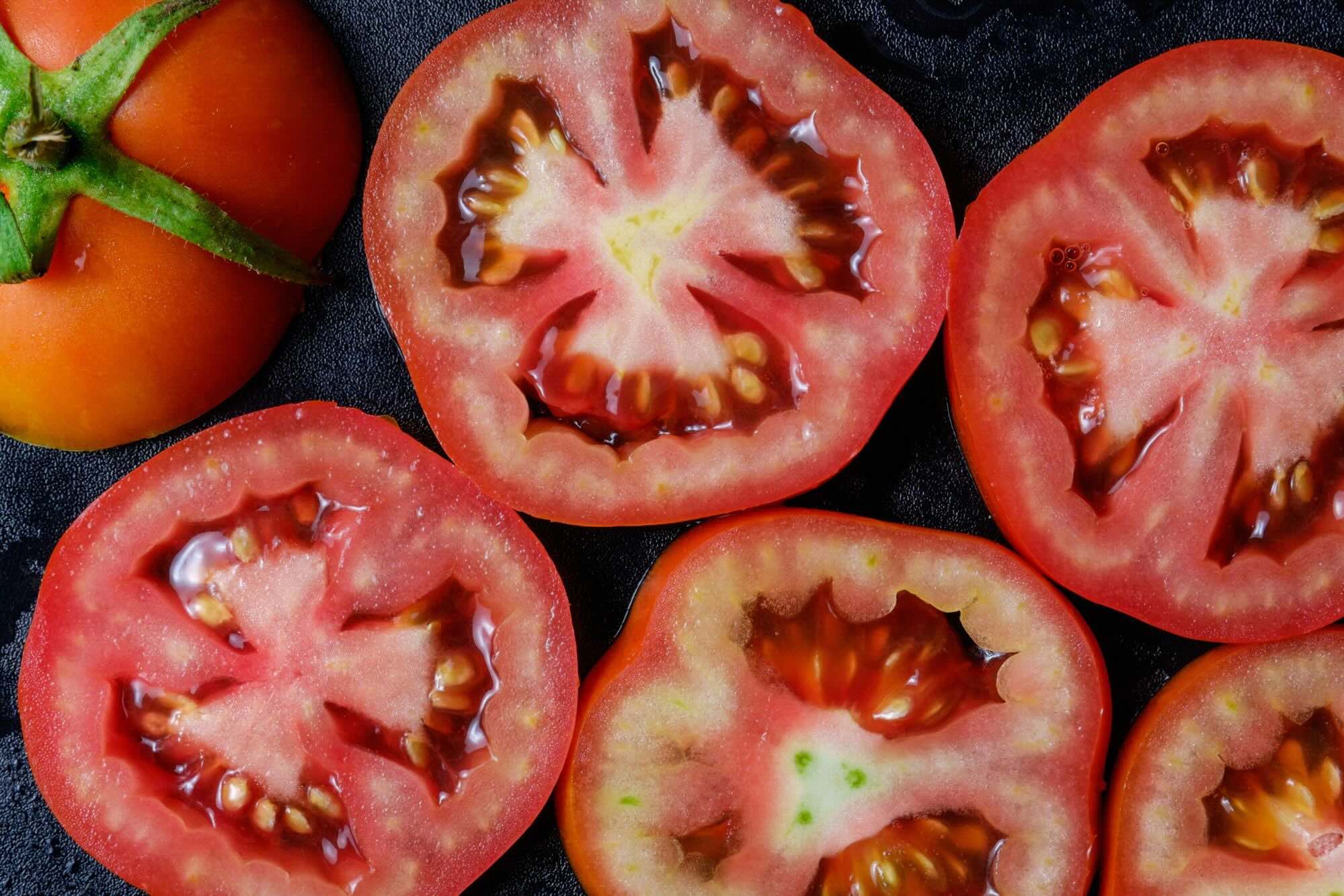
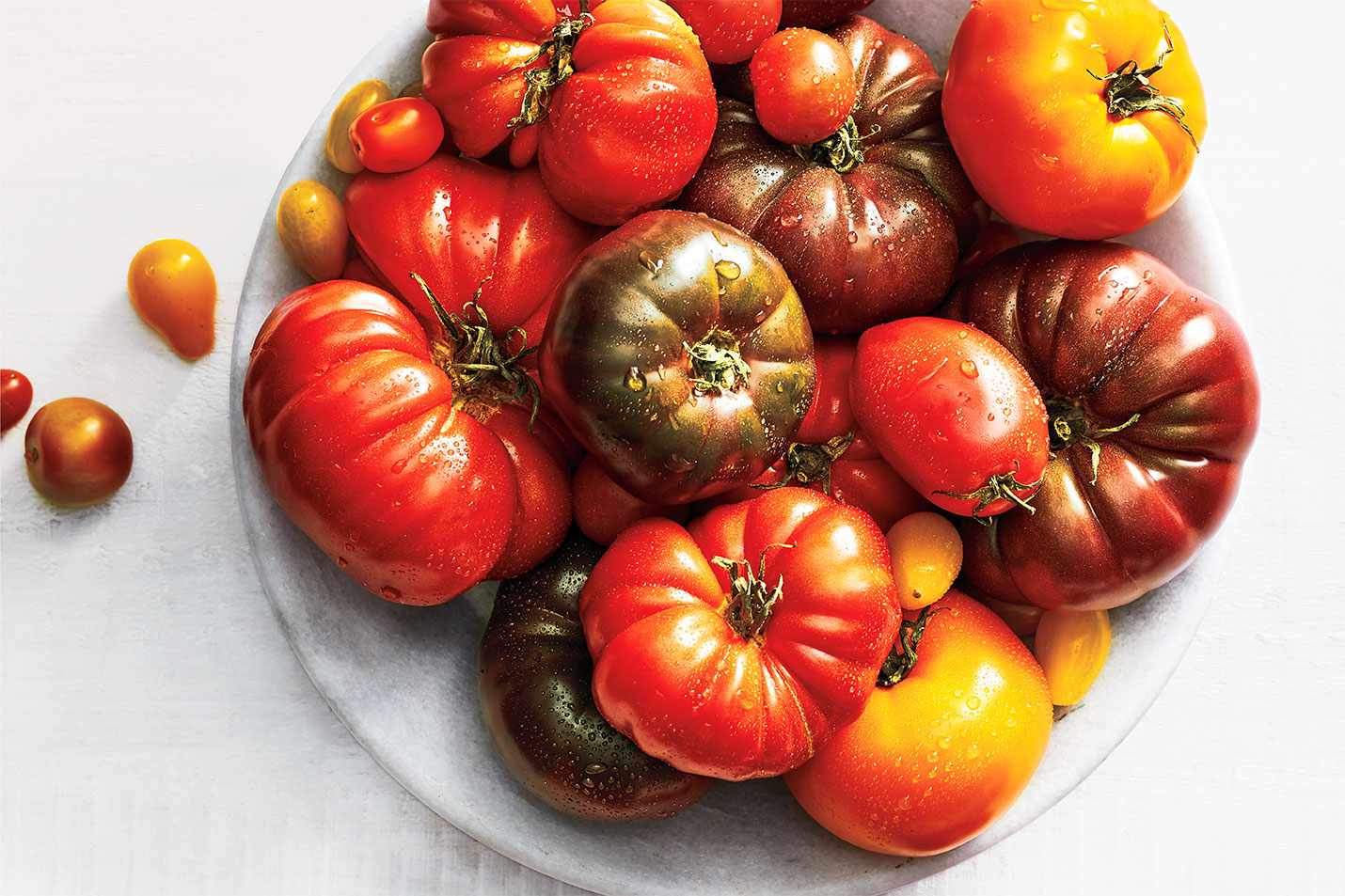


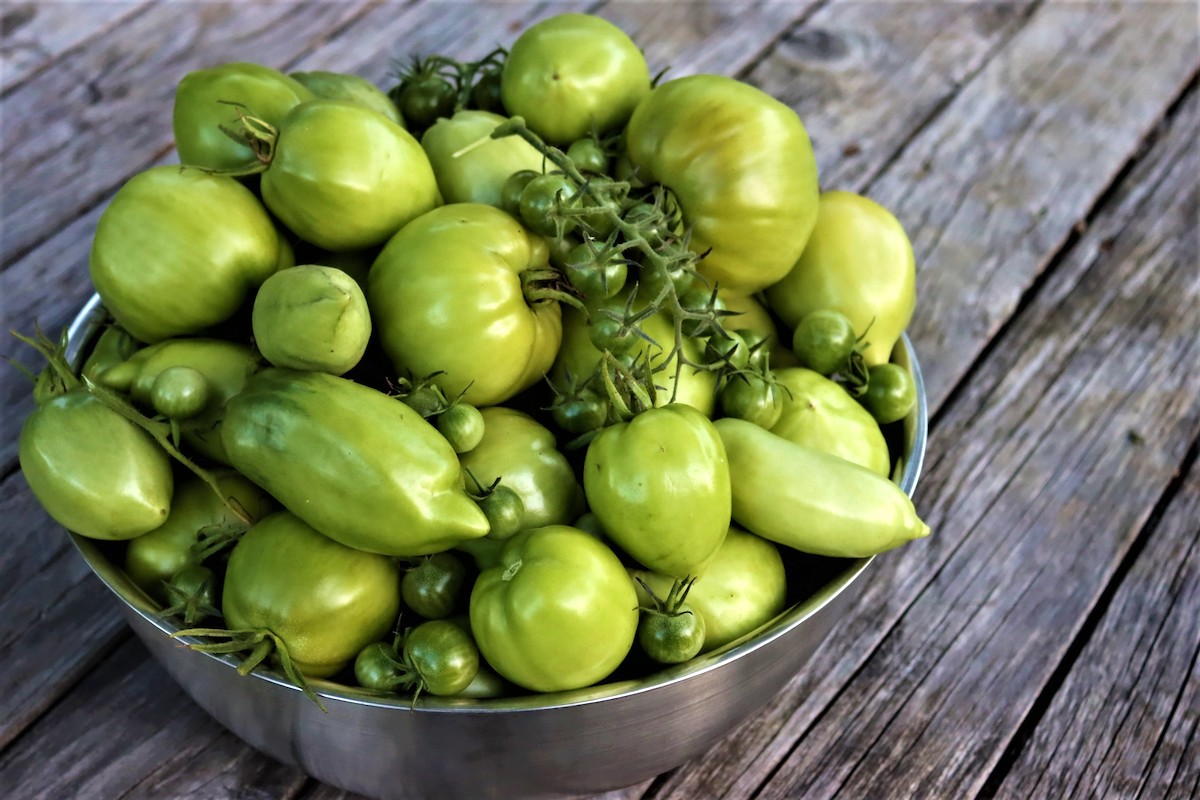
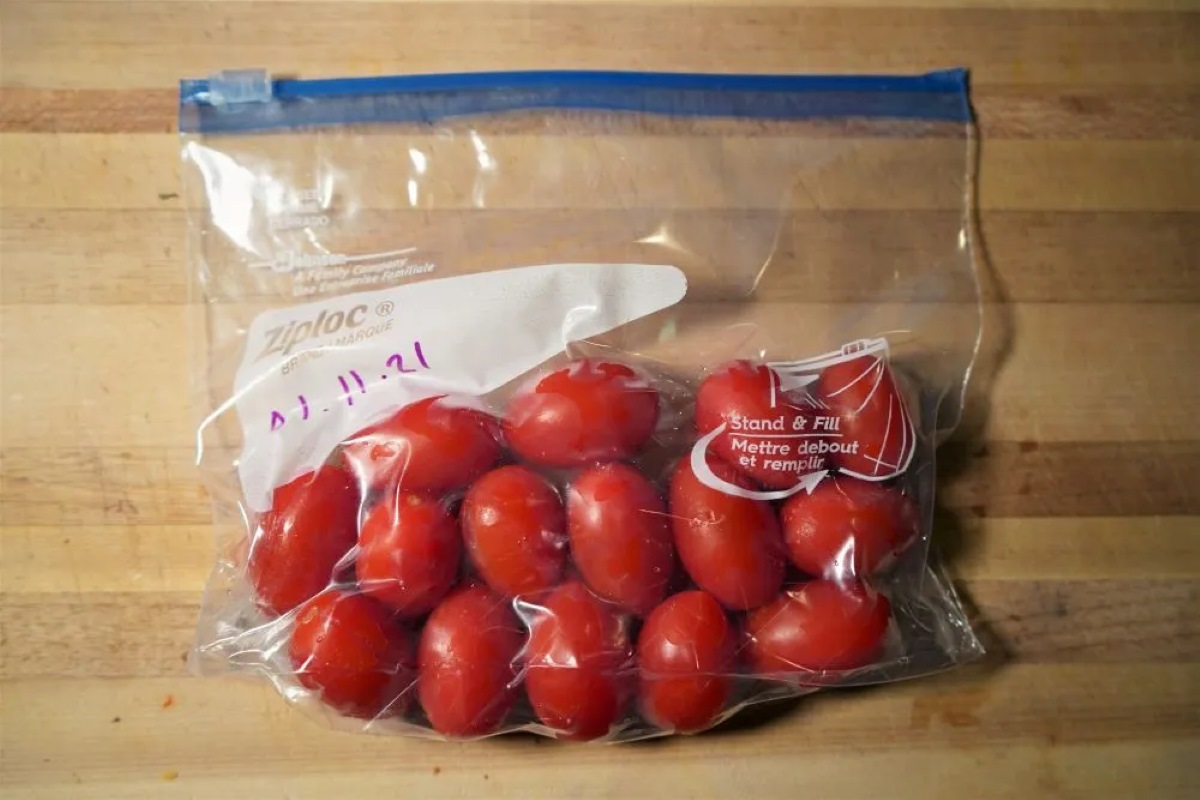

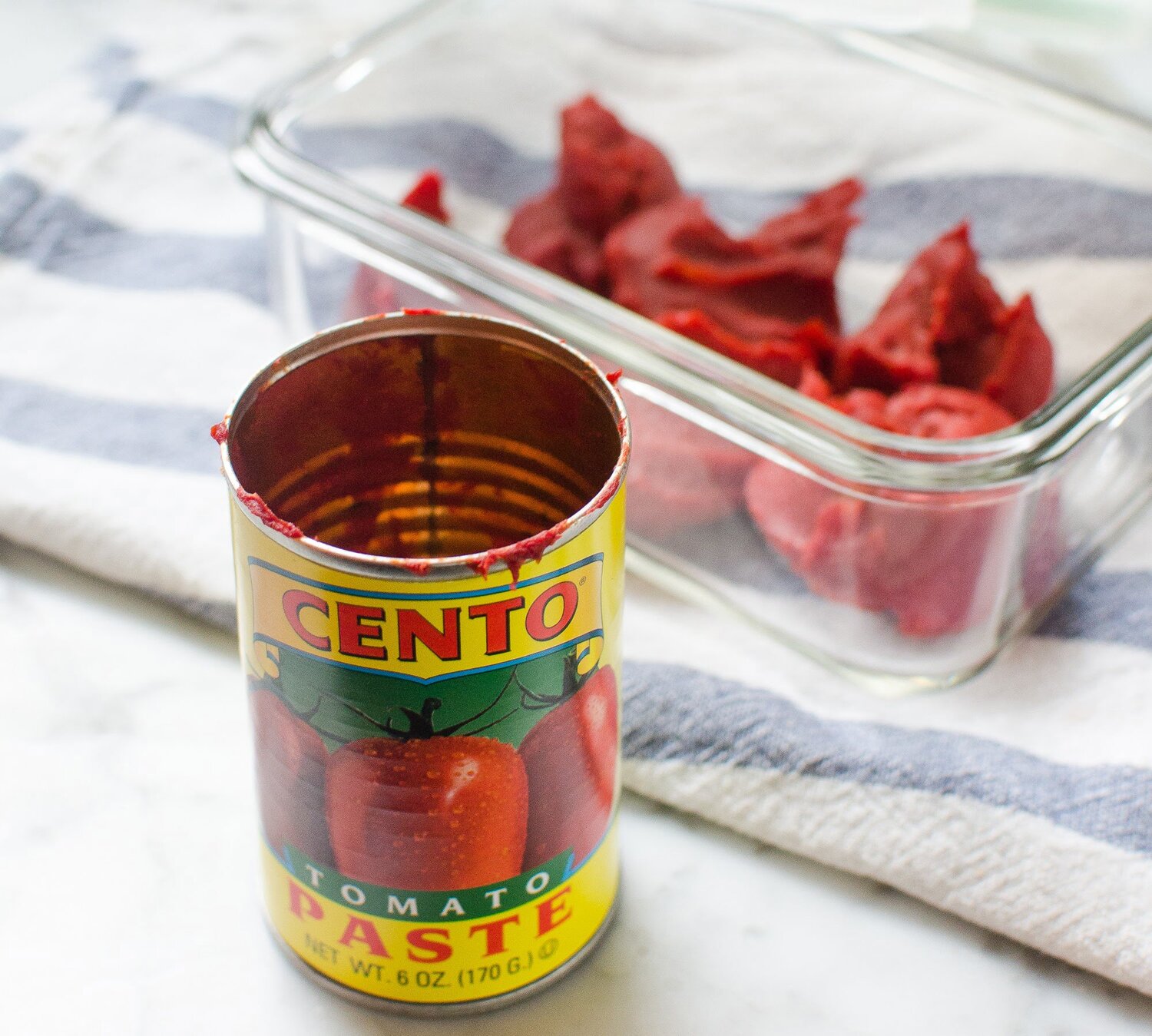
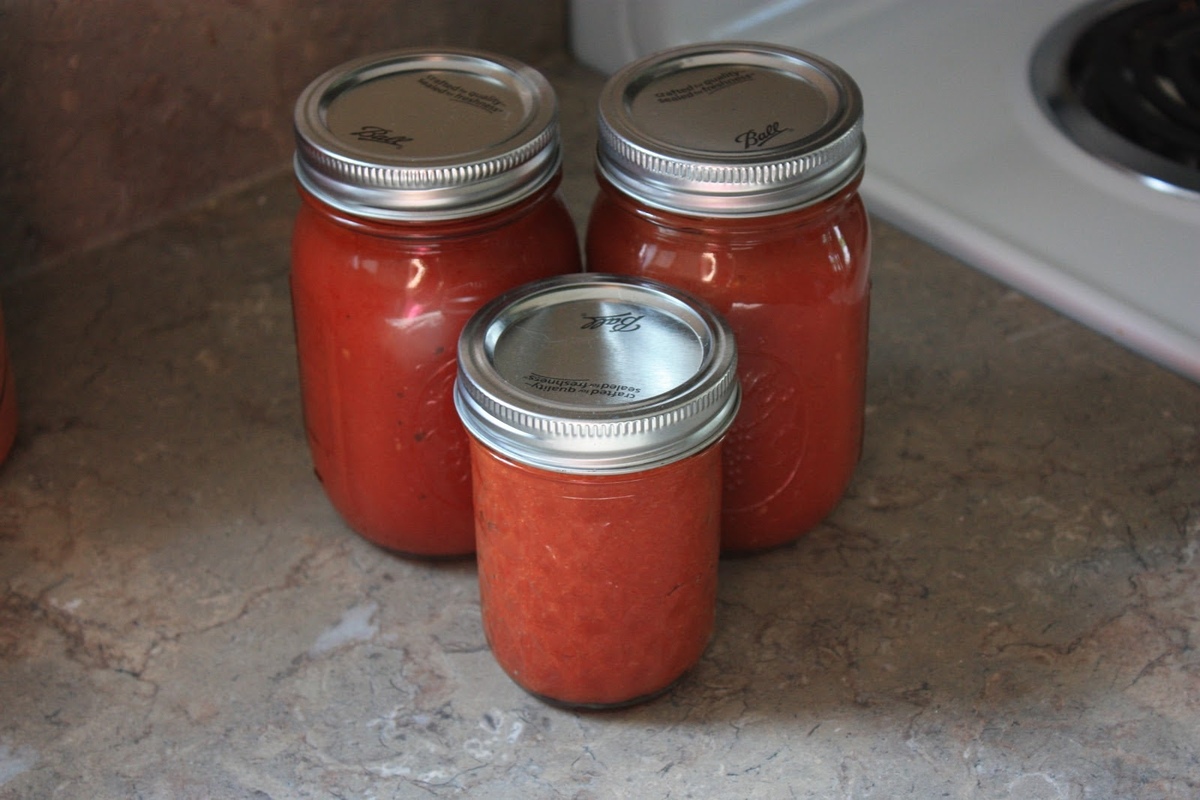


0 thoughts on “How To Store Tomato Confit”